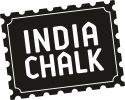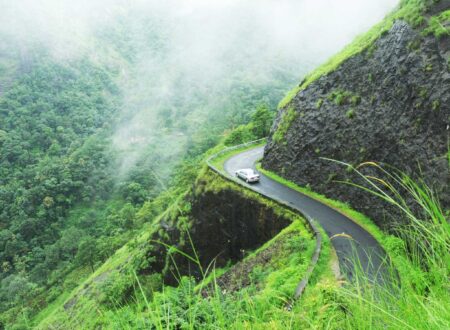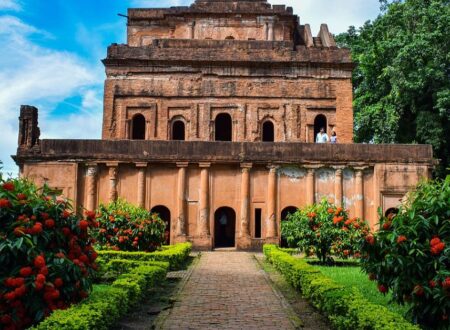India has given the world a lot; from spices to mesmerizing art forms, there’s a lot that the world should thank India for. Speaking of art, every state of India has a heritage of certain art forms that it is proud of. One such fascinating skill is embroidery. Embroidery is a form of art that uses coloured threads and jewels to adorn a fabric that goes into making spell-binding attire. This age-old art form is now actively being adopted by the fashion industry to create unique apparels that not only have ethnic grace but also a modern touch to it. Moreover, it is a fancy skill that you can learn as a hobby or something that you would like to monetize. So, here are 10 easy Indian embroidery techniques for beginners to help you get started.
Chikankari
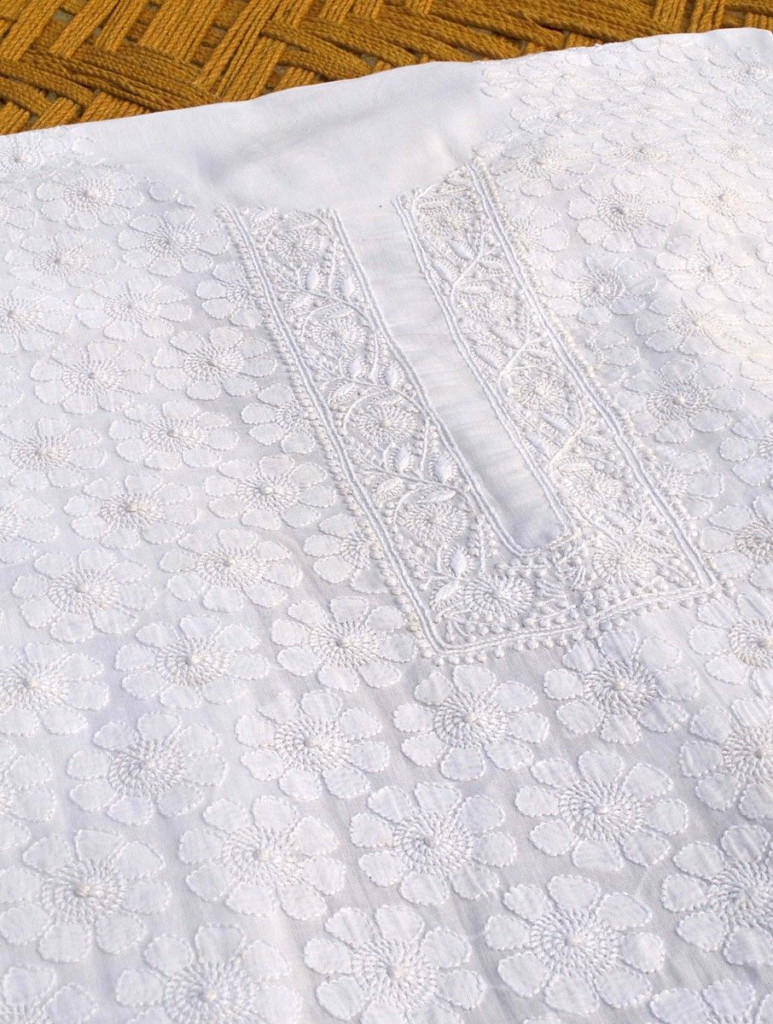
Chikankari comes from the city of Nawabs – Lucknow. It is one of the most delicate and intricate forms of embroidery that uses beautiful floral motifs. You will also find some geometric shapes in the modern adaptations of this art. Traditionally, this work was done white-on-white, which is why it is also known as shadow embroidery. However, today you will find several variations like white thread embroidered on contrasting pastel fabrics.
Also read : The Tales Of The Chikankari Artist Community & Their Art
Phulkari
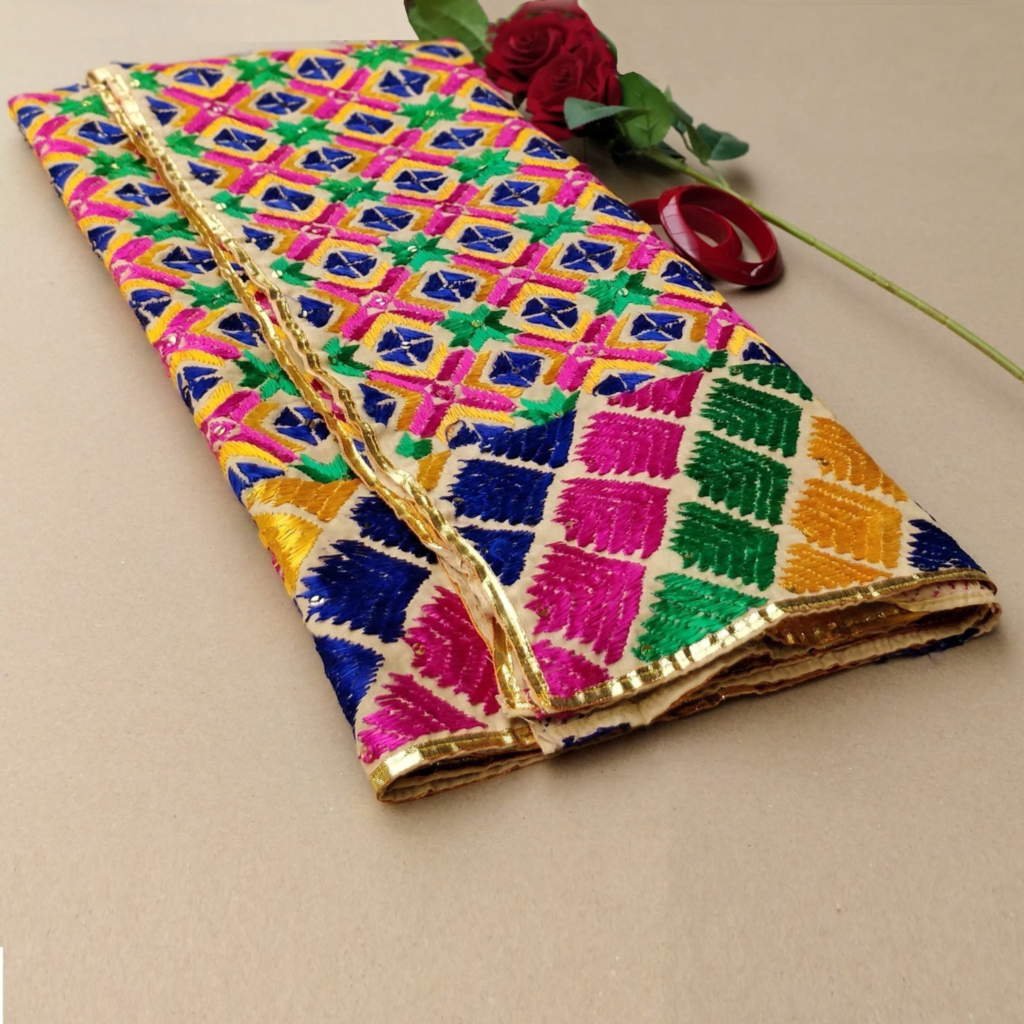
Phulkari is one of the traditional embroideries of India that comes from the state of Punjab. Floral patterns dominate this style of embroidery. In yesteryears women practiced Phulkari to pass time. However, today, outfits with bright Phulkari designs are ruling the hearts of women all over India. The USP of Phulkari is that the stitches are embroidered on the reverse side of the cloth so that the design appears on the front. It requires some skills to get as good as the local artisans, but you can learn the basics easily.
Zardozi

Zardozi is an Indian adaptation of the Persian art of sewing gold and silver threads on fabrics. Zardozi was originally done on velvet or muslin cloth with real gold and silver threads and precious stones. However, the modern-day adaptation of it uses fine copper wire polished with golden colour and beads. This style of embroidery is famous for bridal lehengas, sarees, sherwanis and suits.
Rajasthani Patchwork

Rajasthani patchwork involves bright and colourful pieces of cloths with intricate embroidery, stitched together to make decorative patterns. The essence of this art form lies in creating a contrast while keeping the designs aligned. It has become popular as a contemporary fashion trend too. Essentially, with a few days of practice, you can do some impressive patchwork.
Kashidakari
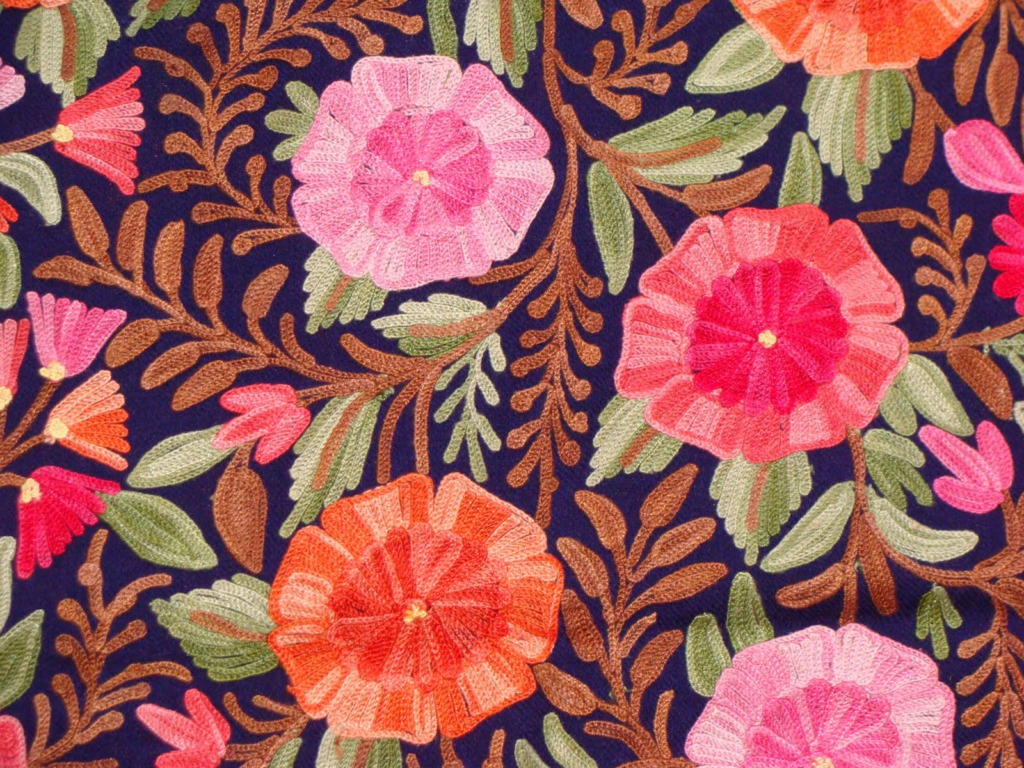
Kashidakari or Kashmiri embroidery is an exquisite craft associated with Persian Sufi saints. The art form captures the natural beauty of Kashmir in its designs and motifs. Hence, you will mostly find delicate floral designs done using the chain stitch on silk, wool and other Indian handlooms. Kashidakari uses just a few types of stitches, therefore, it is easy to learn and is simply stunning.
Aari

Yet another gem from Kashmir, Aari is a very fine form of embroidery. It uses a hooked needle to design fine and intricate floral motifs on fabrics with the concentric rings of chain stitches. Notably, the embroidered pieces are generally multicolored.
Mirror Work
https://i.pinimg.com/564x/a3/aa/f9/a3aaf9c7710042d019c0cfe5b2914042.jpg

Also known as Shisa, mirror work is an ethnic style of embroidery that comes from Rajasthan and Gujarat. This is one of the most unique forms of embroidery as it uses mirrors and colourful threads to make eye-pleasing designs. This form of embroidery is not only used in making traditional clothes but also bags, home decor and other accessories.
Banjara

Banjara embroidery is the perfect marriage between the traditional Rajasthani patchwork and mirrorwork. Consequently, this combination results in vibrant ensembles with the perfect ethnic grace. Banjara work is done on kurtis, dresses, lehengas, bags, decorative pieces and more. You can learn this form of art to create some eye-catching apparel.
Gota

Gota embroider or Gota Patti is heavy on Zari work that gives a royal impression to the outfits. Heavy on gold colour, clothes designed with this embroidery look extremely heavy but are surprisingly light and easy to carry. This is one of the most loved Indian embroidery techniques, and is also simple and quick to learn.
Toda

A tribal art form belonging to the Toda tribe of the Nilgiri Hills of Tamil Nadu. Black and red woolen threads are weaved on coarse white cloths to create Toda embroidery. Additionally, reverse stitch method is used to make abstract geometric motifs with impeccable precision. The designs are timeless which is why they are in vogue even today. Toda embroidery looks lovely on clothing items, bags, bedsheets, cushion covers and so on.
It is never too late to learn a new skill. So, no matter if you are 17 or 70 and wish to learn embroidery techniques, go for it! We hope our list of simple embroidery techniques helps you choose the right one for yourself. Moreover, no matter which style you choose, you will be able to create some amazing art after you are done. So, happy learning!
Also follow India Chalk on Instagram for more amazing travel content. You can share your travel story with us. Reach out to us on email at contact[at]ndiachalk[dot]com. This blog is curated by India Chalk and written by Sushmita Guria.
